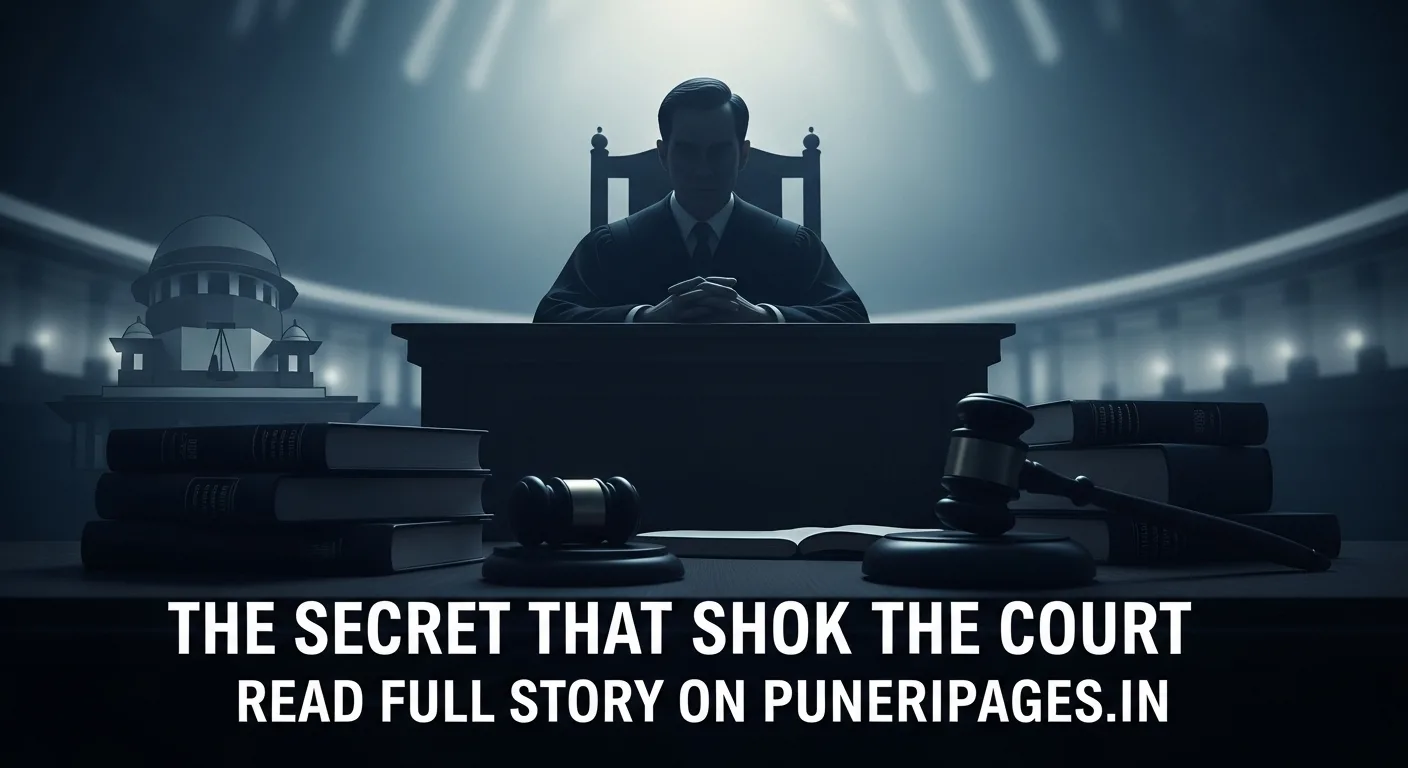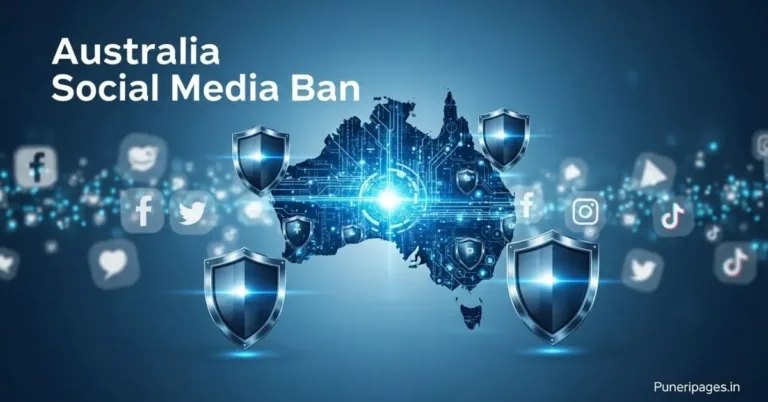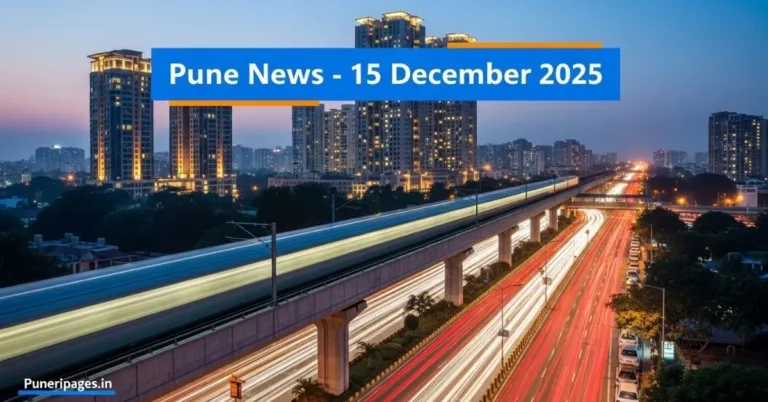
The courtroom mystery deepens in the Judge 'XXX' case – uncover the full story at PuneriPages.in
By Prashant for PuneriPages.in
A judge’s identity is their authority. It’s etched in every order, displayed on every courtroom door, and announced at every hearing. Their name is their power.
So what does it mean when a sitting judge in India asks the Supreme Court to let him remain anonymous?
That’s not just a headline — it’s an alarm bell.
According to a report from the Times of India, a sitting judge — widely believed to be Judge Varma — has filed a petition in the Supreme Court, but not under his own name. Instead, the petition identifies him simply as “XXX.” The Court has agreed to hear it.
Why would a judge, someone whose authority depends on their identity, want to erase it in a courtroom of all places?
This moment is more than bizarre — it’s historic.
Table of Contents
What We Know So Far: The Facts
- A sitting High Court judge has filed a petition in the Supreme Court.
- The petition is filed under the pseudonym “XXX.”
- The Supreme Court has accepted the plea for hearing.
- The details of the petition are currently not public.
Why This Is So Unprecedented
Judges don’t file petitions in the Supreme Court — not usually. And definitely not anonymously.
As retired Supreme Court judge Justice Madan Lokur once said, “The identity of a judge carries the responsibility of transparency. Filing something anonymously calls that whole structure into question.”
Normally, if a judge has concerns or complaints, there are in-house mechanisms and administrative channels. A judge bypassing those to file a public petition in the apex court — while masking his own identity — is unheard of.
This isn’t a procedural oddity. It’s an institutional moment.
Why Would a Judge Hide Their Identity?
Let’s break down the most plausible explanations:
1. Fear of Reprisal or Harassment
The judge might be making serious allegations against powerful individuals — perhaps within the judiciary itself. If he fears retaliation or professional damage, anonymity could be his only safeguard. If true, that’s a chilling commentary on the internal power dynamics of the judiciary.
2. Avoiding Prejudice
It’s possible the judge doesn’t want his rank or identity to bias the case — in either direction. Remaining anonymous might be a way to let the merits of the petition stand alone, without institutional baggage.
3. Sensitive Subject Matter
Could the petition involve national security, personal safety, or high-level whistleblowing? If the content is so sensitive that revealing the identity would compromise someone’s safety or the case’s neutrality, then secrecy might be strategic.
In all scenarios, one thing is clear: this is a judge operating under distress.
The Systemic Implications — Is the Judiciary Failing Its Own?
This case has pulled back the curtain on some uncomfortable truths:
Is There a Crisis in Internal Accountability?
If a sitting judge doesn’t trust the judiciary’s internal processes to handle their grievance, that is a silent vote of no confidence.
What About the Principle of Open Justice?
Judicial processes are meant to be transparent. This case sits in direct conflict with that principle. Can secrecy coexist with a system built on public trust?
A Dangerous Precedent?
Will this open the door for other officials to seek anonymity in the name of safety or fairness? And where does that leave transparency, accountability, and trust in institutions?
Conclusion: The Court Is Hearing More Than One Petition
Yes, the Supreme Court is hearing Judge XXX’s plea. But it’s also being asked a bigger, unspoken question: can judges still trust the very system they serve?
Whether the judge’s identity is eventually revealed or not, this petition has already made history. It raises a mirror to the judiciary — one that reflects more shadows than light.
In the days to come, the verdict may settle the petition. But the questions it raised will echo long after.
Because when a judge steps into the shadows, the whole institution must step into the light.






